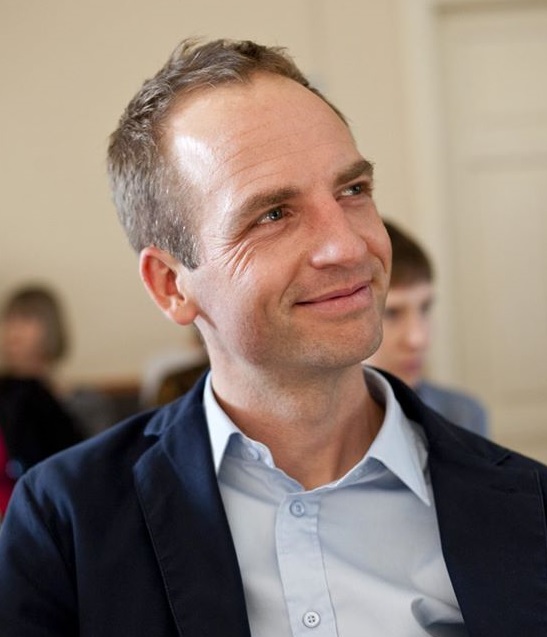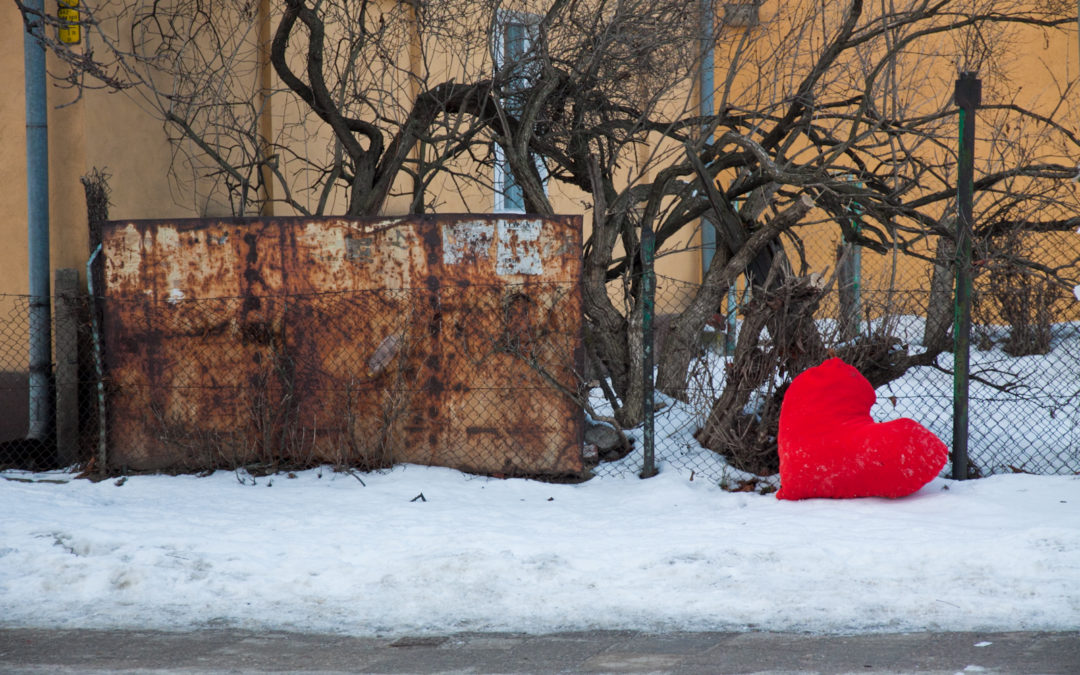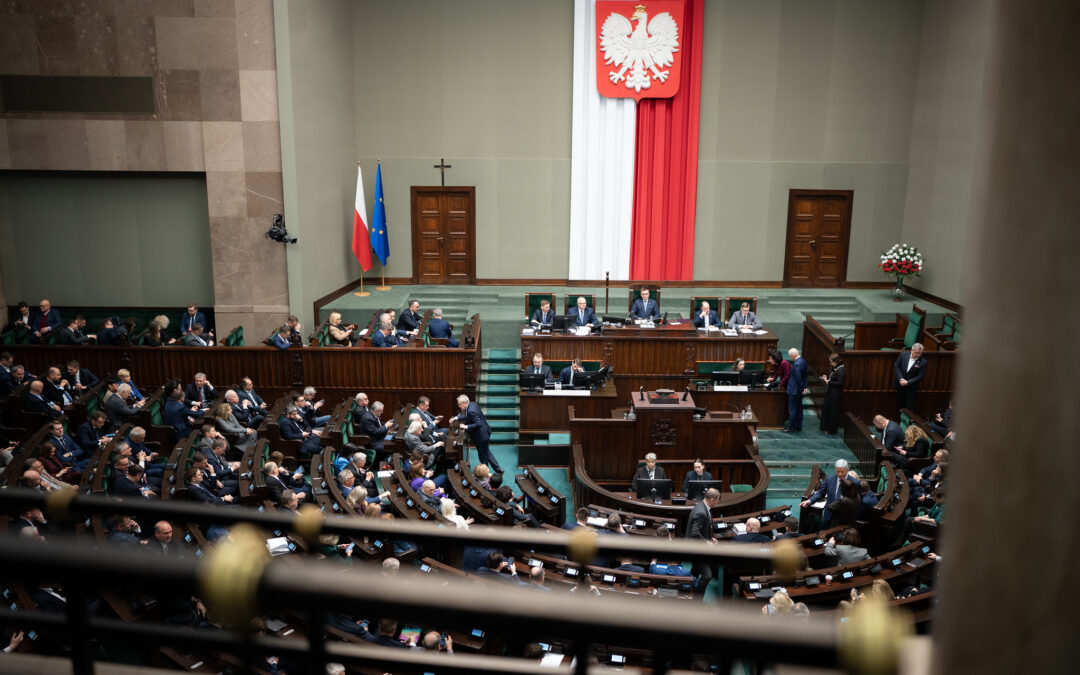The amount of money Poles spent on celebrating Valentine’s Day increased by 63% between 2017 and 2019, reports the Business Insider website.
The growing outlay on romantic dinners, flowers and and cards in the build-up to 14 February supports the impression that holidays seen as “American” imports to Poland, which also include Halloween and Black Friday, are becoming ever more popular.
According to data published by Mastercard, between 2017 and 2019 Poles spent a total of 259 million zloty on purchases related to Valentine’s Day using the firm’s cards. Spending on flowers grew particularly strongly, increasing 113% from 2018 to last year.
But “non-material gifts” accounted for the majority of the outlay. “Most popular is still the romantic dinner at a restaurant”, spending on which rose 74% in 2017-2019, notes Mastercard. Airline tickets (up 51%) and hotel reservations (57%) were also common purchases.
The company admits, however, that although its data cover certain categories of purchases between 11 and 14 February, it cannot be certain how many of them were actually connected to Valentine’s Day.
Although Poland already had some of its own traditions of celebrating Saint Valentine, with churches in several cities claiming to house his relics, it was only in the 1990s, when Poland opened up following the collapse of communism, that 14 February began to be celebrated more widely in the country.
Polling conducted by SW Research for the Rzeczpospolita daily last year found that 47% of Poles were planning to send a card or gift for Valentine’s Day, while 40% did not intend to. Those aged 25-34 and living in cities were the most enthusiastic participants.
Reclaiming Valentine’s Day
Some critics have complained that this is another example of Americanisation and commercialisation of holidays at the expense of Poland’s native traditions. Yet, while Valentine’s Day certainly has become more commercial, Catholic voices note that its roots are more complex.
Catholic website Wiara.pl points out that, although some argue that Valentine’s Day is “a promotion of frivolous and irresponsible love” and bemoan its commercial nature, it is not “an original product from the United States”, and can be traced back to Shakespeare, Chaucer and beyond.
Niedziela.pl, another Catholic news service, likewise educates its readers on the history of Valentine’s Day and encourages them to reclaim it as a Christian celebration and not “another holiday promoting a consumer lifestyle”.
“As young Catholics we have the right to enjoy Valentine’s Day” and “make good use of it – to come closer not only to each other, but also to God”, writes the website.
Yet the church and religious conservatives are much less tolerant of another “imported” holiday. Halloween is increasingly celebrated in Poland, especially by the young, leading to warnings that it threatens national culture, take the emphasis away from Poland’s own religious customs, and spiritually endangers children.
In 2017 the Polish Bishops’ Conference, the central organ of the Catholic Church in Poland, condemned Halloween as “a pagan tradition that is incompatible with our culture and tradition…[and] is the negation of fundamental Christian values”. The same year, Płock diocese issued a warning from the city’s exorcists advising parents and teachers not to let children celebrate Halloween:
Halloween is not innocent, carefree fun…[but an] occult and satanic practice…[that is] alien to Polish and Christian culture…threatening to open up [children] to evil spirits…[and] often associated with an increase in children being possessed [by the devil]…Simply entering into the space of demons, even for fun, is dangerous
An undoubted American import is Black Friday, which began life as the day after Thanksgiving but has become an annual festivity of shopping in Poland, as it has in many countries around the world.
In 2019, the average Pole planned to spend 382 zloty on 29 November, more than a 100% increase on the equivalent date the previous year, according to Business Insider. The total amount spent on bargains was likely to be more than 2.3 billion zloty.
Christmas celebrations in Poland have also been affected by “western” influences. Whereas traditionally the supposed giver of the presents to children has varied by region, the standard, western version of Santa Claus has become increasingly dominant.
Poland is an unusual (maybe unique) country as there are six different folk traditions about who brings the presents for children at Christmas.
For most it is Święty Mikołaj (St Nicholas) but some regional traditions endure.
Via Kartografia Ekstremalna: https://t.co/TdpLazeZ2S pic.twitter.com/mQSZWzPdho
— Daniel Tilles (@danieltilles1) December 24, 2019
The traditional Polish depiction of Saint Nicholas (pictured below) can still be seen visiting children in Poland on 6 December, his feast day. But for most of the Christmas season he has been replaced by the jolly man in a red and white suit.
Święty Mikołaj w tradycyjnym biskupim stroju odwiedził dzis Parlament Europejski w Brukseli . Ciekawe czy jakieś głupki zaprotestują… pic.twitter.com/RJlMxhJvbg
— Ryszard Czarnecki (@r_czarnecki) December 6, 2017
Main image credit: Arcadiuš/Flickr (under CC BY 2.0)

Ben Koschalka is a translator and senior editor at Notes from Poland. Originally from Britain, he has lived in Kraków since 2005.




















